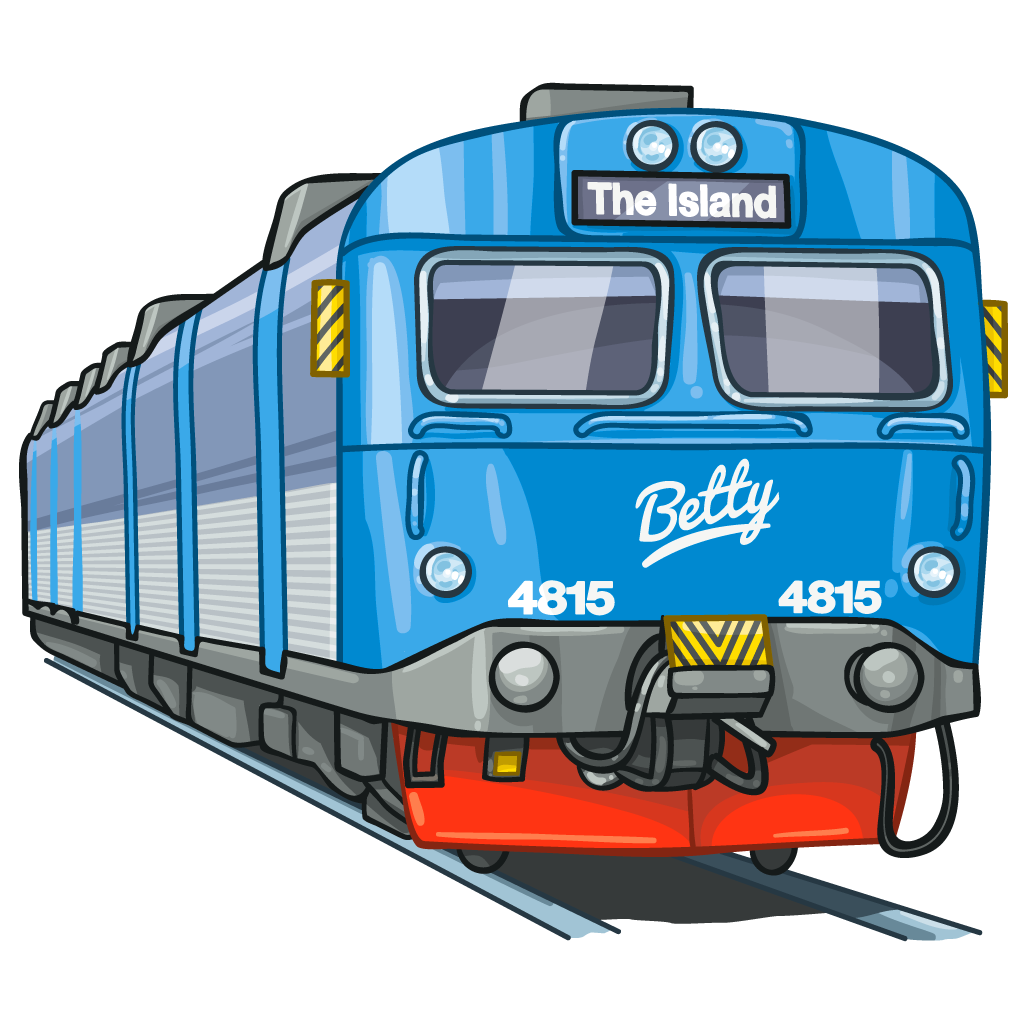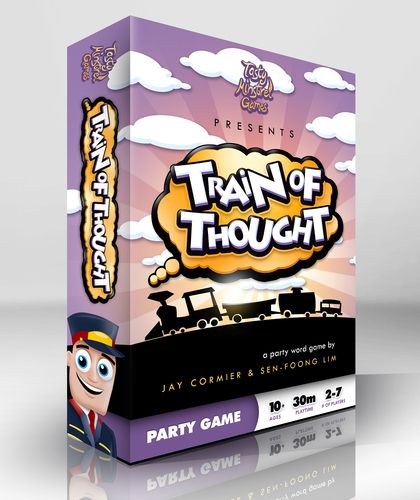

That muck and debris are thoughts, sensations, events, feelings, and that river is our distress as we drift helplessly downstream.

Sometimes it feels like we’re being carried away downstream, struggling to stay afloat amongst all the mud, filth and debris. Victim 3 – looks at the bully (acknowledges the thought), then walks away and goes off to play football with his mates (dismisses the thought), then changes their focus of attention. Victim 2 – challenges the bully “hey I’m not stupid, I got 8 out of 10 in my spelling test this morning, you only got 4” (bully eventually gives up) Victim 1 – believes the bully, distressed, reacts automatically (bully carries on) Along comes bully, and takes on 3 potential ‘victims’ who all react differently. So neither can we escape our thoughts, we cannot stop them, but perhaps we can learn to live with them by seeing them differently. The children are all fenced in together, and ideally, they have just got to learn to accept and learn to be with each other. This particular bully uses verbal abuse, shouting, teasing, and threats (rather than physical violence). Any bullies in that playground mean that the other children can’t escape for long. Our minds are like school playgrounds that are surrounded by secure high fences – they keep children in, and others out. You can allow those passengers to shout and chatter noisily, whilst keeping your attention focused on the road ahead, heading towards your goal or value. You can be in the driving seat, whilst all the passengers (thoughts) are being critical, abusive, intrusive, distracting, and shouting directions, or sometimes just plain nonsense.
Thought train how to#
Just that alone, seeing thoughts differently, helps to create a space, a distance, between us and our thoughts, which helps us to stand back a little, see things a bit more objectively, and make wiser and more helpful decisions about how to react effectively. The example metaphors here are to help us see thoughts – their nature and role - in a different light. Every culture and religion uses these types of stories, analogies, parables to improve understanding, make a point more memorable, and help us make positive changes.

doi:10.2147/NDT.Therapy metaphors use a story or illustration to see alternative ways of looking at something. The role of family therapy in the management of schizophrenia: Challenges and solutions. doi:10.1002/2Ĭaqueo-Urízar A, Rus-Calafell M, Urzúa A, Escudero J, Gutiérrez-Maldonado J. Social skills programmes for schizophrenia. doi:10.3390/molecules23082087Īlmerie MQ, Okba Al Marhi M, Jawoosh M, et al. Current concepts and treatments of schizophrenia. A novel relationship for schizophrenia, bipolar and major depressive disorder Part 5: a hint from chromosome 5 high density association screen. Schizophrenia: Overview and treatment options. Patel KR, Cherian J, Gohil K, Atkinson D.
Thought train manual#
Diagnostic and Statistical Manual of Mental Disorders, 5th ed. doi:10.1111/j.Īmerican Psychiatric Association. Language in schizophrenia Part 1: an Introduction. Clinical assessment, definition of terms, and evaluation of their reliability. Thought, language, and communication disorders. Thought disorder, subjectivity, and the self. The linguistics of schizophrenia: Thought disturbance as language pathology across positive symptoms.

Neural correlates of formal thought disorder: An activation likelihood estimation meta‐analysis. Wensing T, Cieslik EC, Müller VI, Hoffstaedter F, Eickhoff SB, Nickl‐Jockschat T.


 0 kommentar(er)
0 kommentar(er)
